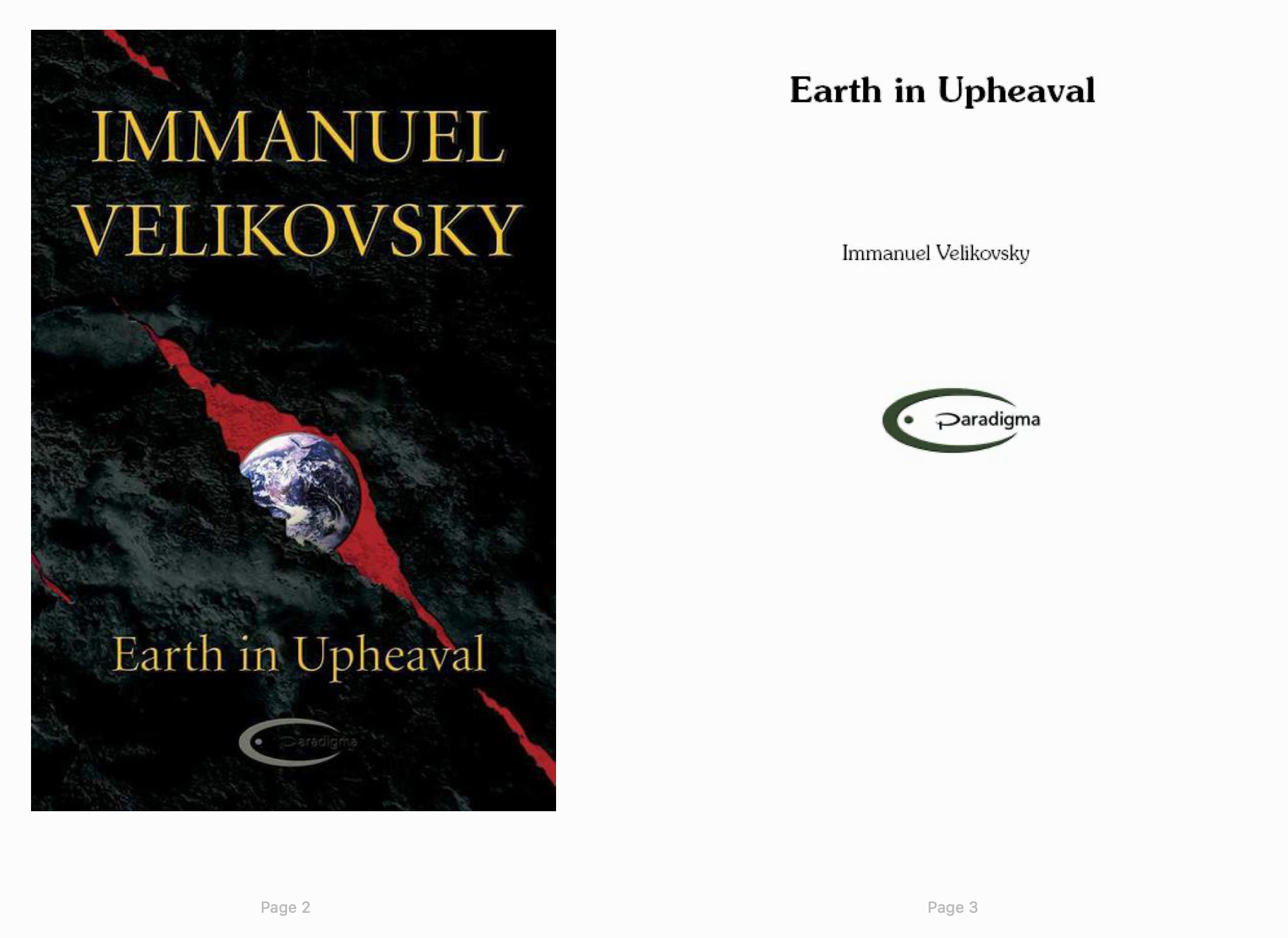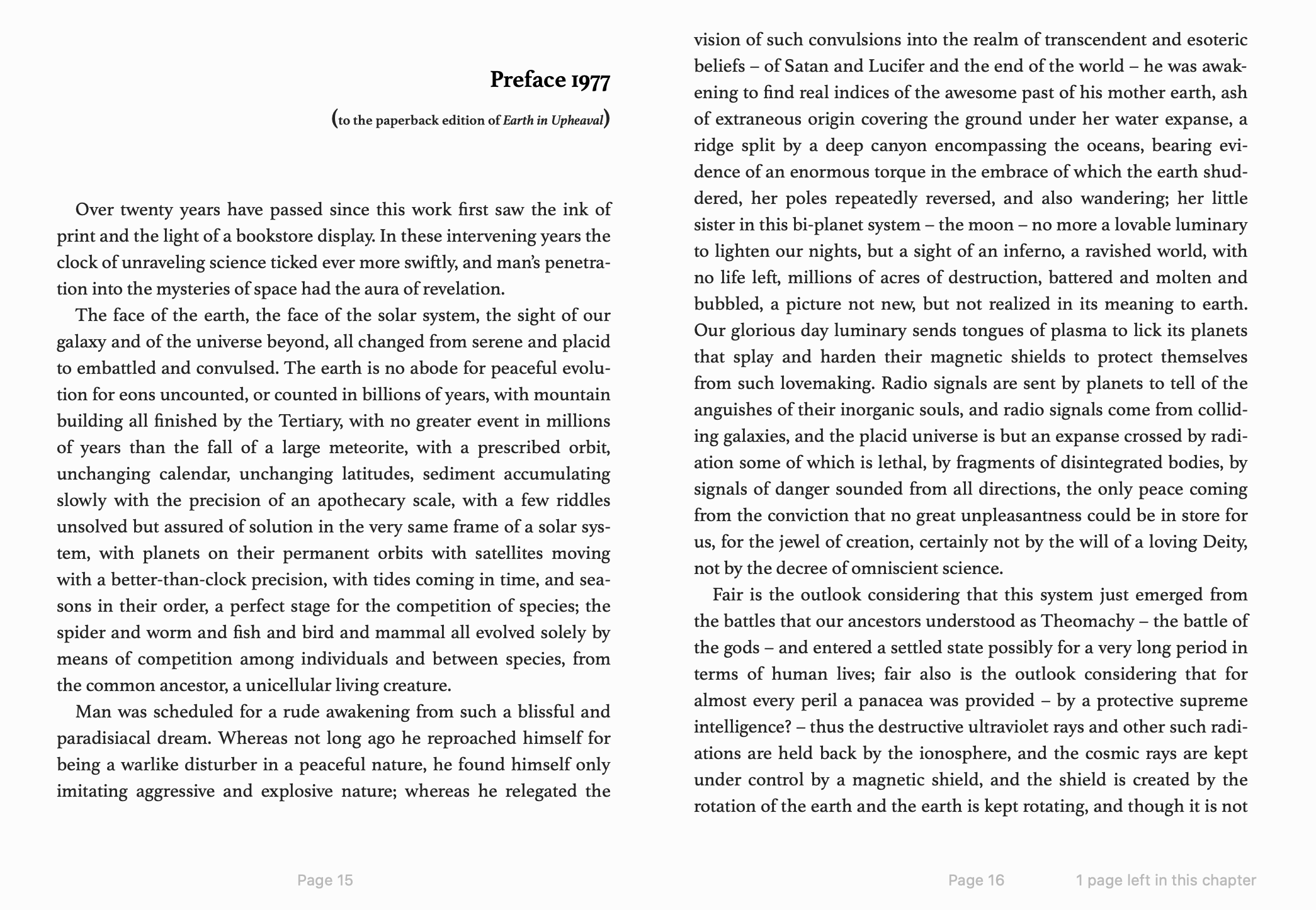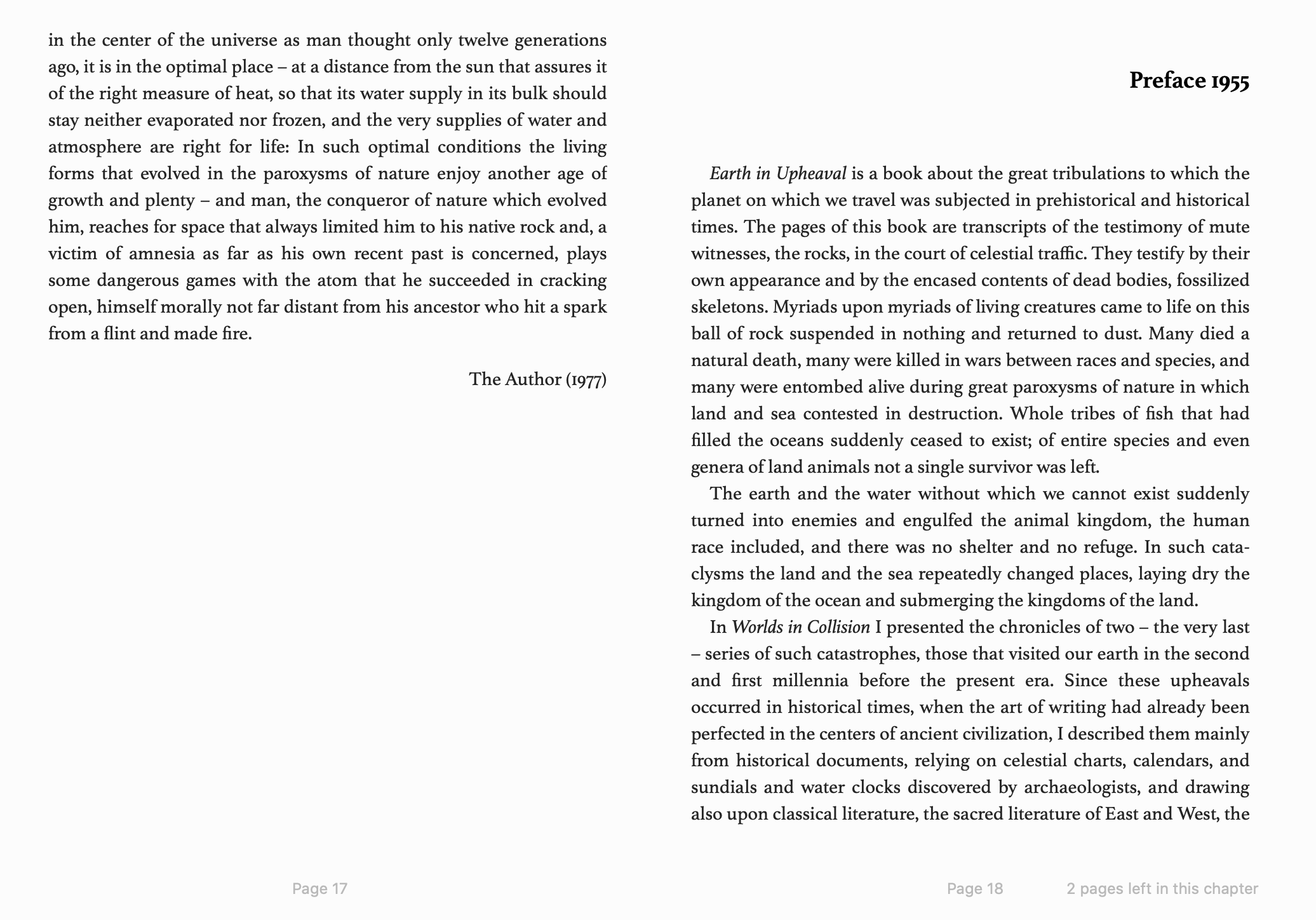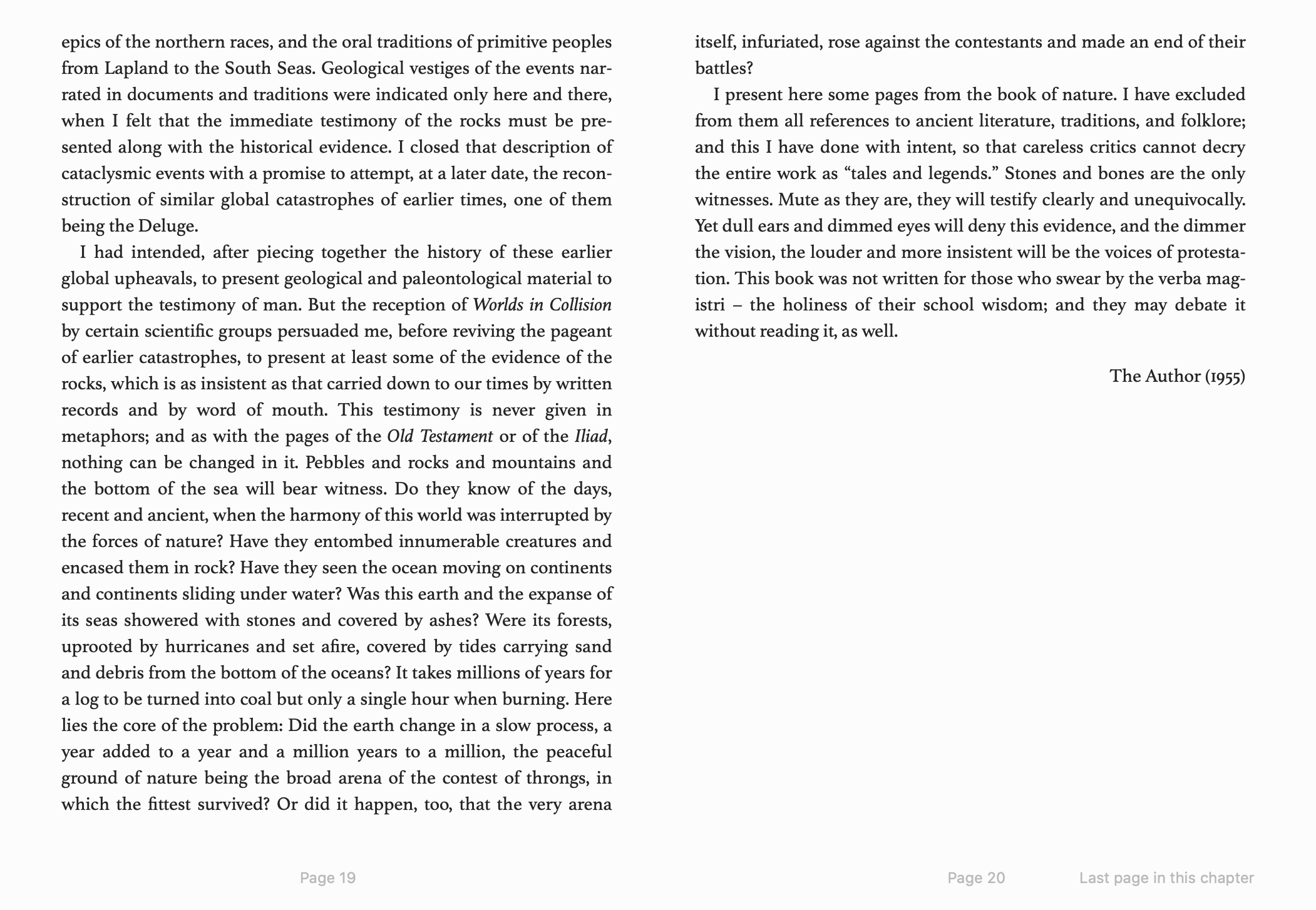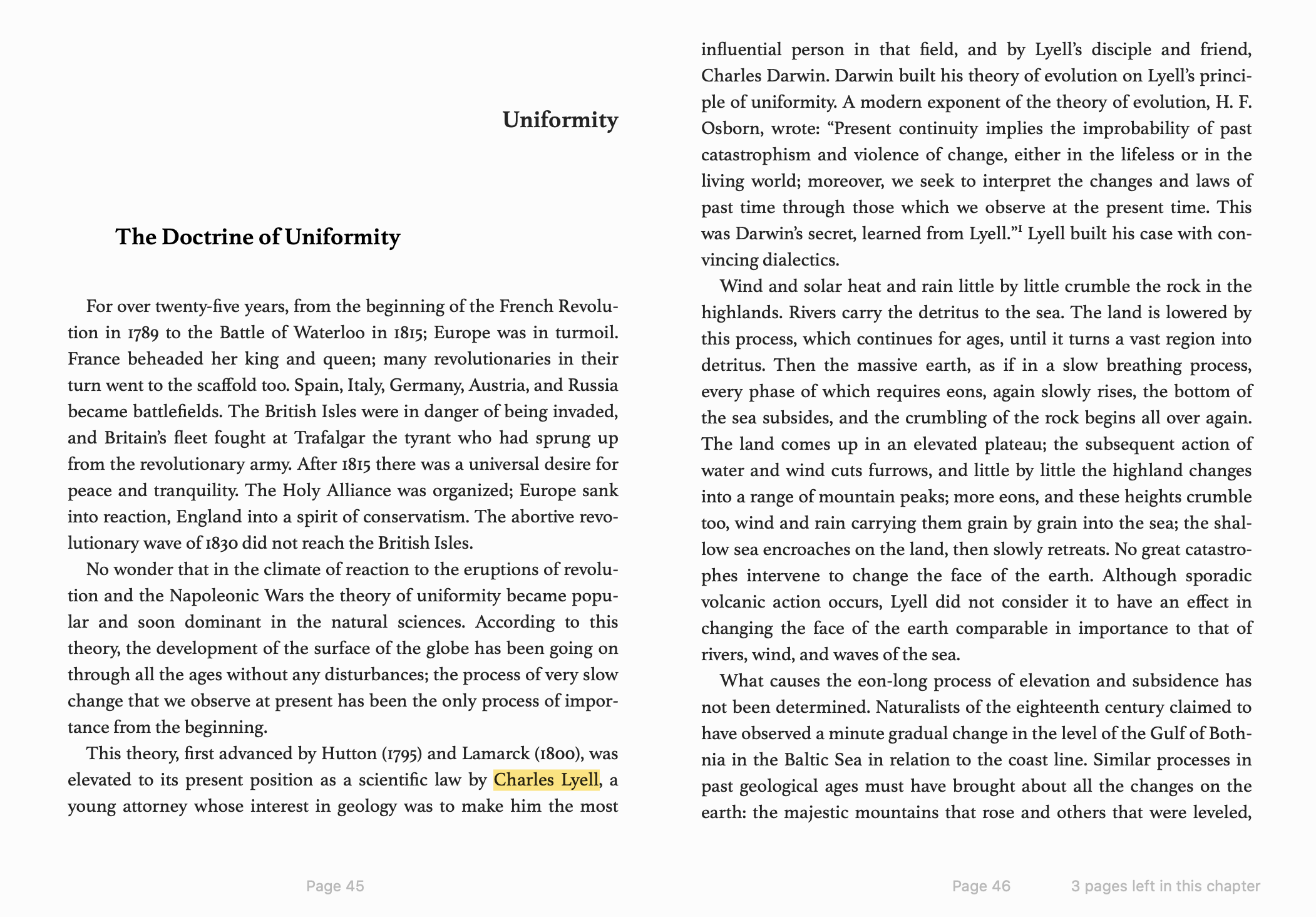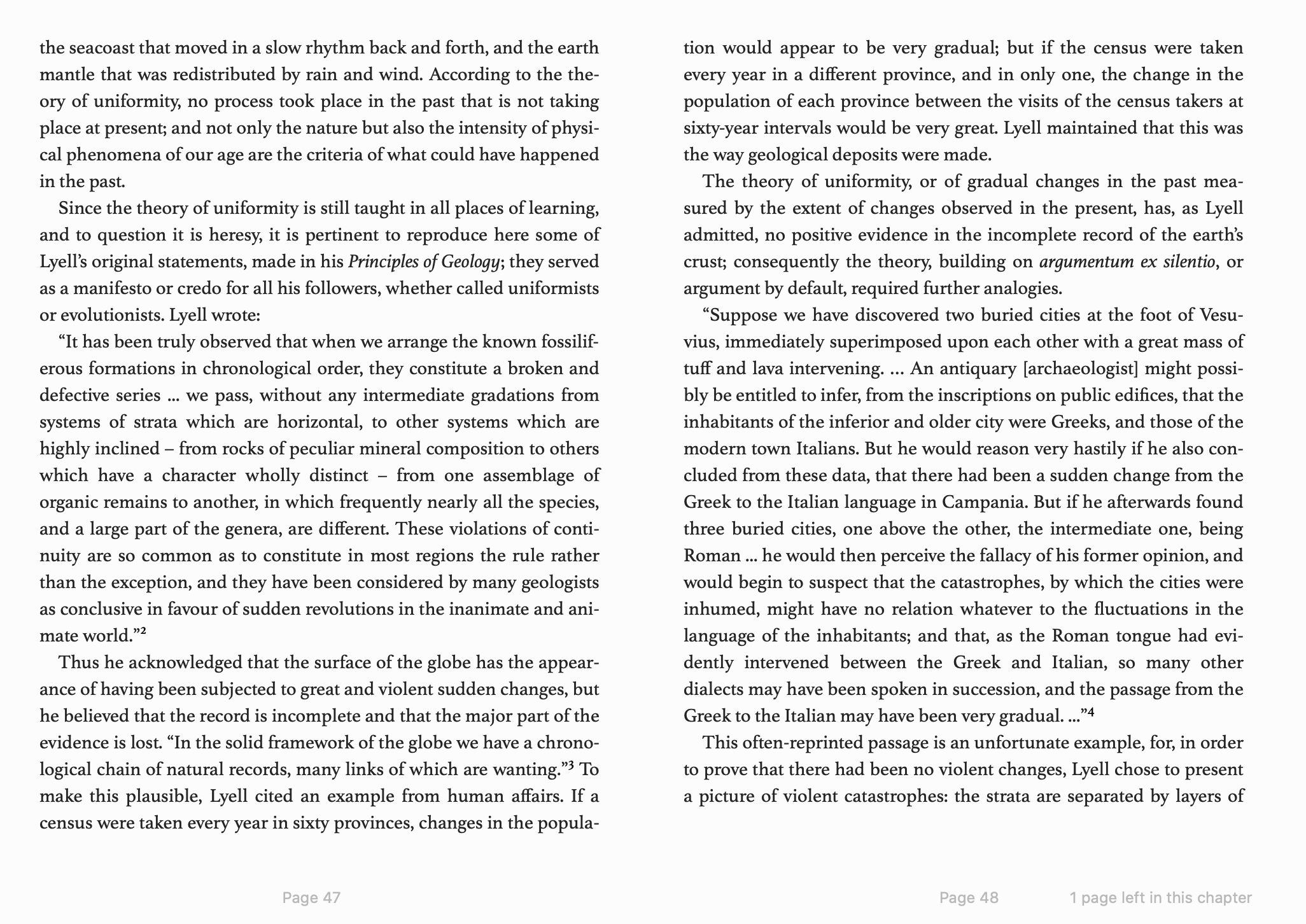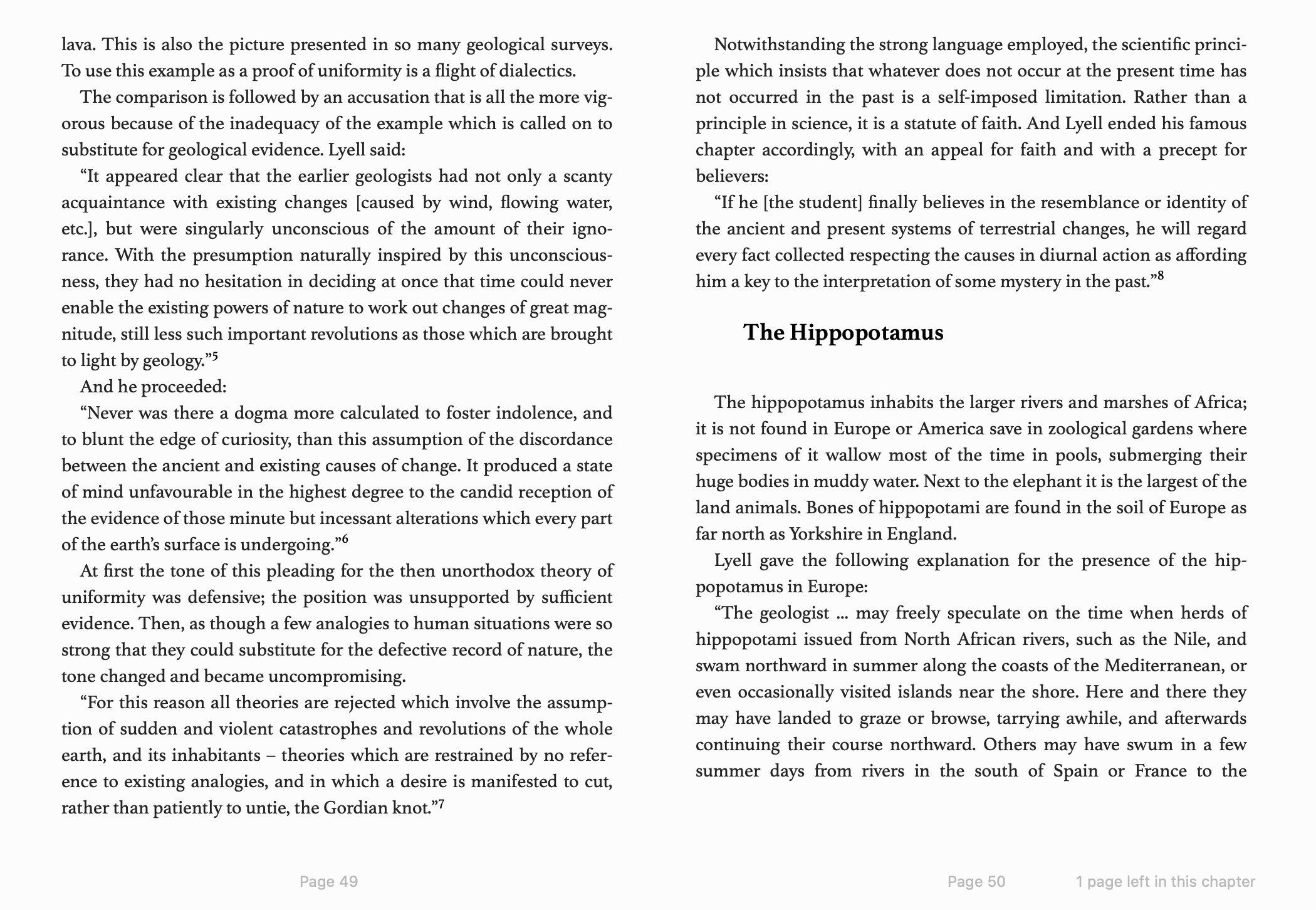Cai Guo-Qiang was born in 1957 in Quanzhou, Fujian Province, China. His father, Cai Ruiqin, was a calligrapher and traditional painter who worked in a bookstore. As a result, Cai Guo-Qiang was exposed early on to Western literature as well as traditional Chinese art forms.[1] As an adolescent, Cai witnessed the social effects of the Cultural Revolution; he grew up in a setting where explosions were common, where “gunpowder [was] used in both good ways and bad, in destruction and reconstruction”.
Cai began painting in the early 1970s; his work turned away from the calligraphic and ink wash disciplines practiced by his father and towards the Western practice of oil and watercolor painting.[2] Cai studied Scenic Design at the Shanghai Theatre Academy between 1982 and 1985. During that same time, he began to experiment with adding gunpowder into his painting compositions “seeking to use the forces of nature to reduce my own control of the canvas.”[3] After moving to Japan in 1986, Cai spent years honing his signature use of gunpowder. Cai’s first solo exhibition to gain significant global attention was Primeval Fireball (1991, P3 art and environment, Tokyo). For most audiences, it was an introduction to Cai’s medium and method; an encompassing presentation of his intermingling of installation art, gunpowder drawing and conceptual performance. The exhibition was Cai’s debut as a mature artist; the installation solidified his reputation as a “gunpowder artist” and laid out his conceptual focus for the next decade by kickstarting his decade-long series Projects for Extraterrestrials.[4] Rather than literally, the term “Extraterrestrials” in this context is used as a challenge to adjust the vision of the world from a Ptolemaic fixation to an inclusive universal mentality – where humans are part of the cosmic landscape.[5] The most notable works in this series include: 45.5 Meteorite Craters Made by Humans on Their 45.5 Hundred Million Year Old Planet: Project for Extraterrestrials No. 3 (1990), Fetus Movement II: Project for Extraterrestrials No. 9 (1992), The Horizon from the Pan-Pacific: Project for Extraterrestrials No. 14 (1994), Project to Extend the Great Wall of China by 10,000 Meters: Project for Extraterrestrials No. 10 (1993), Restrained Violence–Rainbow: Project for Extraterrestrials No. 25 (1995), Dragon Sight Sees Vienna: Project for Extraterrestrials No. 32 (1999).
In 1995, Cai was sponsored by a grant from the Asian Cultural Council to move to the United States, participate in a residency as part of the P.S.1 Studio Program. At P.S.1, he developed The Century with Mushroom Clouds: Project for the 20th Century (1996) and was short listed for The Hugo Boss Prize 1996 for his installation Cry Dragon/Cry Wolf: The Ark of Genghis Khan. He continued to exhibit internationally, participating in The Second and Third Asia-Pacific Triennial of Contemporary Art, at the Queensland Art Gallery, Brisbane (1996, 1999) and winning the Golden Lion at the 48th Venice Biennale in 1999 for Venice’s Rent Collection Courtyard.
These successes lead to greater recognition in the United States, starting with the realization of How is Your Feng Shui? Year 2000 Project for Manhattan (2000) for the 2000 Whitney Biennial in which Cai offered feng shui remedies to visitors using an interactive computer program. In 2004, Cai Guo-Qiang: Inopportune at the Massachusetts Museum of Contemporary Art(MASS MoCA) in North was awarded the Best Monograph Show and Best Installation in a Museum by the United States branch of the International Association of Art Critics. In 2005 he debuted his daytime explosion events with Black Rainbow: Explosion Project for Edinburgh and Black Rainbow: Explosion Project for Valencia (2005), for which he exploded a black smoke rainbow over each city.
Project to Extend the Great Wall of China by 10,000 Meters: Project for Extraterrestrials No. 10, 1993
Realized at the Gobi desert, west of the Great Wall, Jiayuguan, Gansu Province, February 27, 1993, 7:35 p.m., 15 minutes. Gunpowder (600 kg) and two fuse lines (10,000 m each). Explosion length: 10,000 m. Commissioned by P3 art and environment, Tokyo [Ephemeral]
One Cai’s most seminal explosion events from his series Projects for Extraterrestrials, Project to Extend the Great Wall of China by 10,000 Meters: Project for Extraterrestrials No. 10 was realized on February 27, 1993 through the support of P3 art and environment, Tokyo. For this explosion event, Cai ran 10,000 meters of fuse into the Gobi Desert, west of the Great Wall in Jiayuguan, Gansu Province. Small charges were placed every 3 meters and larger charges (60 kg each) were placed every 1,000 meters, mimicking the placement of ancient signal towers.[19] The explosion event is the first example of Cai’s ability to inspire and organize large numbers of volunteers to realize a monumental artwork. To offset costs, he worked with a Japanese travel agency to organize a group of Japanese tourists, who paid to attend the event and, along with local volunteers, helped lay the fuse lines.[20]
The explosion event accompanied the solo exhibition Long Mai: The Dragon Meridian at P3 art and environment, Tokyo.
The Century with Mushroom Clouds: Project for the 20th Century, 1996
Realized at various sites that include Nuclear Test Site, Nevada; at Michael Heizer’s Double Negative (1969–70), Mormon Mesa, Overton, Nevada; at Robert Smithson’s Spiral Jetty (1970) Salt Lake, Utah; and at various sites looking toward Manhattan, New York, February – April, approximately 3 seconds each. Gunpowder (10g) and cardboard tubes. Dimensions variable. [Ephemeral]
Cai’s first major project after moving to the United States was The Century with Mushroom Clouds: Project for the 20th Century—a series of hand-held detonations executed in New York and Nevada. Cai deployed 10 grams of gunpowder in cardboard rolls to create mushroomoid smoke clouds at key points relating to the Manhattan project to re-enact and commemorate the atomic ignitions in the 20th Century. The ignitions were realized between February–April, 1996 at the Nuclear Test Site, Nevada; at Michael Heizer’s Double Negative (1969–70), Mormon Mesa, Overton, Nevada; at Robert Smithson’s Spiral Jetty (1970) Salt Lake, Utah; and at various sites looking toward Manhattan, New York.
The work was executed in anonymity and using guerrilla tactics; Cai did not obtain any official permission and was often forced to flee authorities to avoid explaining the performance. The constrained ignitions rival the “extravagant, highly theatrical performances of expenditure”[21] that characterize the spectacle of his other explosion events. The simple recycled material used to cobble together the miniature simulated atomic clouds are resourceful, low-budget and executed personally by Cai. For each ignition, Cai was accompanied by a photographer or videographer to preserve the action of these ephemeral events. The resulting photographs are among Cai’s most recognizable works.[22]
Asia-Pacific Economic Cooperation (APEC) Cityscape Fireworks, 2001
Realized at The Bund, Huangpu River, and Oriental Pearl TV tower, Shanghai, October 20, 2001, 9:00 p.m., Approximately 20 minutes Fireworks (200,000 shots of explosive). Explosion dimensions variable. Commissioned by the Asia-Pacific Economic Cooperation [Ephemeral]
On October 20, 2001, Cai realized the Asia-Pacific Economic Cooperation (APEC) Cityscape Fireworks for the closing ceremonies of the APEC conference. Using 200,000 fireworks, 10 barges, 18 yachts, and 23 buildings along the Bund, the 20-minute pyrotechnic performance was unprecedented in scale and spectacle, not only in China but globally.[23]
For his solo exhibition at the Shanghai Art Museum, Cai Guo-Qiang (2002), Cai created a series of 14 gunpowder drawings, Drawings for Asia-Pacific Economic Cooperation, that commemorated the successful explosion events by capturing key moments from the display.
Fireworks Project for the Opening Ceremony of the 2008 Beijing Olympic Games, 2008
Realized in Beijing,, August 8, 2008, 8:00 pm, Fireworks. Commissioned by The International Olympic Committee and The Beijing Organizing Committee for the Games of the XXIX Olympiad [Ephemeral]
As Director of Visual and Special Effects for the opening and closing ceremonies of the 2008 Olympics in Beijing, Cai designed the fireworks for the Opening and Closing Ceremonies of the Olympic and Paralympic Games. These events included the iconic Five Olympic Rings, Lighting of the Olympic Cauldron and Footprints of History, in which 29 giant footprints appeared in the sky along the central axis of Beijing, to symbolize the 29 Olympiads.[24] This portion of the event fostered an immediate controversy, as to ensure the quality of the live broadcast, pre-shot footage that had been “cleaned” using computer graphics was inserted.[25] The opening event was broadcast to a global television audience of four billion.[26] Black Ceremony, 2011
Realized outside Mathaf: Arab Museum of Modern Art, Doha, December 5, 2011, 3:00 pm, approximately 3 minutes, 8,300 smoke shells fitted with computer chips. Commissioned by Mathaf: Arab Museum of Modern Art [Ephemeral]
Black Ceremony was a landmark daytime explosion event realized outside Mathaf: Arab Museum of Modern Art, Doha on December 5, 2011. Using 8,300 PixelBurstTM (smoke shells fitted with computer chips), Cai constructed enormous shapes in the sky – most notable a black pyramid and a seven-color rainbow. The work’s theme was death; it was a spiritual funeral for those Arab people who had died far away from home.[27] Black Ceremony was a stylistic and technical departure from Cai’s previous daytime explosion events. Previous events (Black Rainbow: Explosion Project for Edinburgh and Black Rainbow: Explosion Project for Valencia (2005) and Clear Sky Black Cloud (2006)) only used black smoke and traditional detonation. Black Ceremony not only included colored smoke, but the computer chip-based shells allowed for unprecedented precision in the creation of complex shapes. Sky Ladder, 2015
Realized off Huiyu Island, Quanzhou, June 15, 4:45 am (dawn), 100 seconds. Gunpowder, fuse and helium balloon, 500 x 5.5 m. [Ephemeral]
After 21 years and 4 attempts, Sky Ladder was finally realized on June 15 off Huiyu Island, Quanzhou. Cai had previously attempted the explosion event in Bath (1994), Shanghai (2001), and Los Angeles (2012). The ladder was constructed from a flexible metal base in 5 x5 meter segments covered in strings of fireworks, suspended in the air with a helium balloon.[28] The ladder “allows [Cai] to have an eternal dialogue with the universe, so infinitely far, yet so close.”[29]
The execution of this 500-meter ladder was the subject of the Netflix documentary Sky Ladder: The Art of Cai Guo-Qiang, directed by Oscar-winning filmmaker Kevin Macdonald. The documentary told the story of Cai’s rise to global success through interviews with the artist, family, friends, colleagues, and critics.[30]
City of Flowers, 2018
Realized above Piazzale Michelangelo, November 18, 3:50 pm, approximately 13 minutes 30 seconds. Fireworks, 170 meters tall. [Ephemeral]
Using the blue skies of Florence as his canvas, Cai created an explosive tableau of Renaissance flowers on November 18, 2018. Inspired by Botticelli’s Primavera, 50,000 custom-made fireworks released smoke to form thousands of flowers. The explosion lasted about 10 minutes on Piazzale Michelangelo overlooking the city. The spectacle introduced Cai’s solo exhibition, Flora Commedia: Cai Quo-Qiang at the Uffizi.
Opening Up to the Universe: Cai Guoqiang’s Methodology from 1986 to 1996 (Linda Huang, 2013)
Taking advantages of the vibrating power of the gunpowder explosions, Cai’s work creates strong physical and psychological effects to awaken the hidden memory of war encoded in our body and mind. He believes that “humans are given a kind of ‘Morse code’ when we were created by the universe.”142 Using Morse code as an analogy, Cai implies that human spirit inherits the consciousness of the universe from the original point of life, the big bang point. The memory of explosion embedded as a code in human evolution and shaped the combative nature of humans. It functions similar as the acid sequence in DNA code that carries the genetic information and determines the traits of life as early as the fetus is formed. As he explained, The human spirit was born at the time of the creation of the universe, and actually contains vivid memories of the event. Human’s consciousness can recall memories of the past. Therefore, at a deeper level, it has the insight into human direction, potential and danger.
In the contemporary era, the memory of war faded and seemed unrelated to our current life. However, even for those who were born in a peaceful era and had never experienced the war, the bombing noise, the ground-shaking power, and the smoke of gunpowder explosion can bring a strong sensibility of terror, reminding them of war, violence, and the unspeakable fear. Therefore, by creating his explosion projects all around the world, Cai’s work in a way reminds us that terror and war has never left far away from humans.
The arbitrary intertwining of past and future…Cai’s choosing of such a threshold moment for creating this work led him to foresee the threat of future catastrophe and bridge the fragmented memory of the historical events, such as the atomic bomb’s explosion in Hiroshima, the nuclear arms race, and the terrorist attack that happened in the “future” 2001. Interestingly, his constructing of a parallel reality in the Nevada and Manhattan corresponds with the narrative of American historian John W. Dower’s (b. 1938) book Cultures of War (2010). In this book, Dower brought history and contemporary affairs together and took up Pearl Harbor, Hiroshima, 9-11, and Iraq war as a series of codes, hoping to unfold the historical chain of these events. Using “Ground Zero” as a thread to link these historical events together, he traced the relativity of seemingly unrelated historical episodes. As he explicated, ‘Ground Zero’ was the code used to identify the hypocenter of the explosion in the desert in Alamogordo, New Mexico, where the United State tested the world’s first nuclear weapon on July 16, 1945….Point Zero” and “Zero Area” became common reference in early accounts of the test and subsequent bombings of Hiroshima and Nagasaki, and by 1946 “ground zero” had become a familiar term, inseparably linked to the nuclear weaponry only the U.S. possessed at that point in time.
After 9-11 terrorist attack in 2001, Ground Zero became exclusively known as site of the destroyed Twin Tower and was isolated from its origin at the dawn of the nuclear age. In the eyes of Dower, “Ground Zero” had been politicized as “the code for America as victim of evil forces…a wall that simultaneously took its name from the past and blocked out all sightlines of from what and where that name came.”156 By tracing the history of Ground Zero, Dower criticized the “shortsighted, dogmatic, delusory, tragic exercise in group thinking.”
For Cai, art does not have the capability to judge the rightness or solve the contradictions, but instead provides a perspective and a ‘distance’ for viewers to perceive the eternal conflicts.” 158 Therefore, in this work, Cai encourages a broader reading of the mushroom cloud in both its original context, the Nevada test site where it was invented, and the time-space in imagination where it does not belong to, such as Manhattan and the sites of land art works. His displacement of the mushroom cloud constructed a time-space where “multiple timelines are within one artwork, one space.”159 In this time-space, the chronological history chain vanished, reality and imagination fuse together, and the past memory and the imagined future interface with each other.
[Consciousness is explosive, synapse detonations, resonance, why is your life a string of nuclear sunsets]
Cai applied the ancient Daoist philosophy for understanding the power structure in contemporary age. His creation of the “system of chaos” called for a returning to the “nebulous state of the universe before heaven and earth separated” where the yin and yang are united, good and evil has not been segregated. through the strategy of displacing, simulating, and transforming a mushroom cloud event, Cai unveiled the tensions between power and vulnerability and grasped the spirit of terror in the contemporary times: the symbolic, more-than-real terror in our imagination.
[Morality is a machine resonance, not an essence]
Re-making History
By simulating the tragic events in Hiroshima and Nagasaki and displacing them in different sites in the United States, Cai explored multiple meanings within one historical event. He opened this event up to diverse contemporary issues, such as globalization, terrorism, and tensions in international power struggle. His strategy of simulating and dislocating an historical event interrupted the chronologic history and extended the single version of history into multiple dimensions.
In my understanding, the contemporary value of Cai’s art lies in the murky moment after the ephemeral, eye-blinded explosion. While the violent explosion creates a kind of “disjunction and an anachronism” that “shakes the backbone of our era,” the murky moment after the explosion leads people to reach the “darkness” of our time where obscurity exist and the light could not reach. Humans are often readily blinded by the light of the glorified history and epic events, which obscured the truth of our time. However, by making events and rethinking history, Cai’s work explicitly grasped the essential spirit of our era: an age full of chaos, tensions, and paradoxes. His artistic events, therefore, empowered viewers to perceive the sunken part of our history: the invisible behind the visible, the violence behind the freedom, and the fragility behind the power. (Linda Huang, 2013)
the double entendre of the Manhattan Projects - 1945 & 2001 - elision, after-image, a resonance field (Baudrillard - The Spirit of Terrorism)
the Manhattan attack, which might be presented as quite a good illustration of chaos theory: an initial impact causing incalculable consequences; whereas the Americans’ massive deployment (‘Desert Storm’) achieved only derisory effects – the hurricane ending, so to speak, in the beating of a butterfly’s wing.
the death of the terrorist is an infinitesimal point, but one that creates a gigantic suction or void, an enormous convection. Around this tiny point the whole system of the real and of power [la puissance] gathers, transfixed; rallies briefly; then perishes by its own hyper efficiency. It is the tactic of the terrorist model to bring about an excess of reality and have the system collapse beneath the excess of reality. […] they have taken over the weapons of the dominant power. Money and stock market speculation, computer technology and aeronautics, spectacle and the media networks – they have assimilated everything of modernity and globalism, without changing their goal which is to destroy that power. They have even – and this is the height of cunning – used the banality of American everyday life as cover and camouflage. Sleeping in their suburbs, reading and studying with their families before activitating themselves suddenly like time bombs.
In this sense, we can speak of a world war – not the Third World War, but the Fourth, and the only really global one, since what is at stake is globalisation itself. The first two world wars corresponded to the classical image of war. The first ended the supremacy of Europe and the colonial era. The second put an end to Nazism. The third, which has indeed taken place, in the form of the Cold War and deterrence put an end to communism. With each iceding war, we have moved further towards a single world order. Today that order, which has virtually reached its culmination, finds itself grappling with the antagonistic forces scattered throughout the very heartlands of the global, in all the current convulsions. A fractal war of all cells, all singularities, revolting in the form of antibodies. A confrontation so impossible to pin down that the idea of war has to be rescued from time to time by spectacular set-pieces such as the Gulf War or the war in Afghanistan.
Apart from the pact that binds the terrorists together, there is also something of a dual pact with the adversary. This is, then, precisely the opposite of the cowardice which they stand accused, and it is precisely the opposite of what the Americans did in the Gulf War (and which they are currently beginning again in Afghanistan), where the target is invisible and is liquidated operationally. […] In all these vicissitudes, what stays with us, above all else, is the sight of the images. This impact of the images, and their fascination, are necessarily what we retain, since images are, whether we like it or not, our primal scene. And, at the same time as they have radicalised the world situation, the events in New York can also be said to have radicalised the relation of the image to reality. Whereas we were dealing before with an uninterrupted profusion of banal images and a seamless flow of sham events, the terrorist act in New York has resuscitated both images and events.
Among the other weapons of the system which they turned round against it, the terrorists exploited the ‘real time’ of images, their instantaneous worldwide transmission, just as they exploited stock market speculation, electronic information and air traffic. The role of images is highly ambiguous. For, at the same time as they exalt the event, they also take it hostage. They serve to multiply it to infinity and, at the same time, they are a diversion and a neutralisation (this was already the case with the events of 1968) The image consumes the event, in the sense that it absorbs it and offers it for consumption. Admittedly it gives it unprecedented impact, but impact as image-event. And in this singular event, in this Manhattan disaster movie, the twentieth century’s two elements of mass fascination are combined: the white magic of the cinema and the black magic of terrorism; the white light of the image and the black light of terrorism.
The is no possible distinction between the ‘crime’ and the crackdown. And it is in this uncontrollable unleashing of reversibility that is terrorism’s true victory. A victory that is visible in the subterranean ramifications and infiltrations of the event – not just in the direct economic, political, financial slump in the whole of the system – and the resulting moral and psychological downturn – but in the slump of the value-system, in the whole ideology of freedom, of free circulation, and so on, on which the Western world prided itself, and on which it drew to exert its hold over the rest of the world. […] To the point that the idea of freedom, a new and recent idea, is already fading from minds and mores, and liberal globalisation is coming about in precisely the opposite form – a police state globalisation, a total control, a terror based on ‘law-and-order’ measures. Deregulation ends up in a maximum of constraints and restrictions, akin to those of a fundamelist society.
A fall-off in production, consumption, speculation, and growth: it is as though the global system were making a strategic fallback, carrying out a painful revision of its values – in defensive reaction, as it would seem, to the impact of terrorism, but responding, deep down to its secret injunctions: enforced regulation as a product of absolute disorder, but a regulation it imposes on itself – internalising as it were its own defeat.
With all the panic consequences which ensure, the hysteria spreads spontaneously by instantaneous crystallisation, like a chemical solution at the mere contact of a molecule, this is because the whole system has reached a critical mass which makes it vulnerable to any aggression. There is no remedy for this extreme situation, and war is certainly not a solution, since it merely offers a rehash of the past, with the same deluge of military forces, bogus information, senseless bombardment, emotive and deceitful language, technological deployment and brainwashing. Like the Gulf War: a non-event, an event that does not really take place.
And this indeed is its raison d’être: to substitute, for a real and formidable, unique and unforeseeable event, a repetitive, rehashed pseudo-event. Their destruction itself respected the symmetry of the towers: a double attack, separated by a few minutes’ interval, with a sense of suspense between the two impacts. After the first, one could still believe it was an accident. Only the second impact confirmed the terrorist attack. And in the Queens air crash a month later, the TV stations waited, staying with the story (in France) for four hours, waiting to broadcast a possible second crash ‘live.’ … The collapse of the towers is the major symbolic event. Imagine they had not collapsed, or only one had collapsed: the effect would not have been the same at all. The fragility of global power would not have been so strikingly proven.
As if the power bearing these towers suddenly lost all energy, all resilience; as though that arrogant power suddenly gave way under the pressure of too intense an effort: the effort always to be the unique world model. The symbolic collapse came about, then, by a kind of unpredictable complicity – as though the entire system, by its internal fragility, joined in the game of its own liquidation, and hence joined in the game of terrorism.
Even in their failure, the terrorists succeeded beyond their wildest hopes: in bungling their attack on the White House (while succeeding far beyond their objectives on the towers), they demonstrated unintentionally that that was not the essential target, that political power no longer means much, and real power lies elsewhere. Although the two towers have disappeared, they have not been annihilated. Even in their pulverised state, they have left behind an intense awareness of their presence. No one who knew them can cease imagining them and the imprint they made on the skyline from all points of the city. Their end in material space has borne them off into a definitive imaginary space. Who is manipulating whom? Who is playing the other’s game? In this case, it is just as much the terrorists who profit by the advance of the system, in order themselves to gain power, in a race along parallel tracks in which the two opponents, contrary to what happened in class conflict and historical warfare, never actually meet. [Delillo’s astrological Libra conception of history – two parallel lines] Terrorism invents nothing, inaugurates nothing. It simply carries things to the extreme, to the point of paroxysm. It exacerbates a certain state of things, a certain logic of violence and uncertainty. […] so at Ground Zero, in the rubble of global power, we can only, despairingly, find our own image.
The modernist project of the writers was locating the individual inside massive bureaucracies … the 21st C locates individuals inside massive cosmocracies …. The bureau and the cosmos… A brush stroke on the film ….a fleet the size of Jupiter … this scalar relation between a tiny stroke and a massive object millions of light years away… inter-scale… Saturn’s Ocean Moons
Immanuel Velikovsky
Velikovsky, a friend of Einstein’s work is important in its location of history as catastrophic as eruptive, as siniy-goluboynetic, it is no surprise that the individual who brought uniformitarianism to geology, Charles Lyell, was a young attorney – the same death by gradualist lawyers could be rote in the argument against BREXIT, 21st Century Britain’s relation to the ground underneath is static, it needs a return to open, dangerous thought, all that was gutted out by late 20th movement of manufactures abroad, necessity of a return of geography, a return of characters like Cummings, modern Velikoskies preganitzing history, complexity and systemic thinking is not solely a spatial concept but stands more generally in our relation to time, if anything the virus shows that history does not move in a line, but in fractures, tidal waves, stressors and strains, heat and cooling, locking-in and decouplings, it is astronomical, irruptive, life a string of nuclear sunsets, and by the same logic, contingency gifts the possible back to those that accept the tremor is the line. From a young age we are drilled with think in sequence, think in sequence – the marauding right-handers, and the death of a hemisphere.
